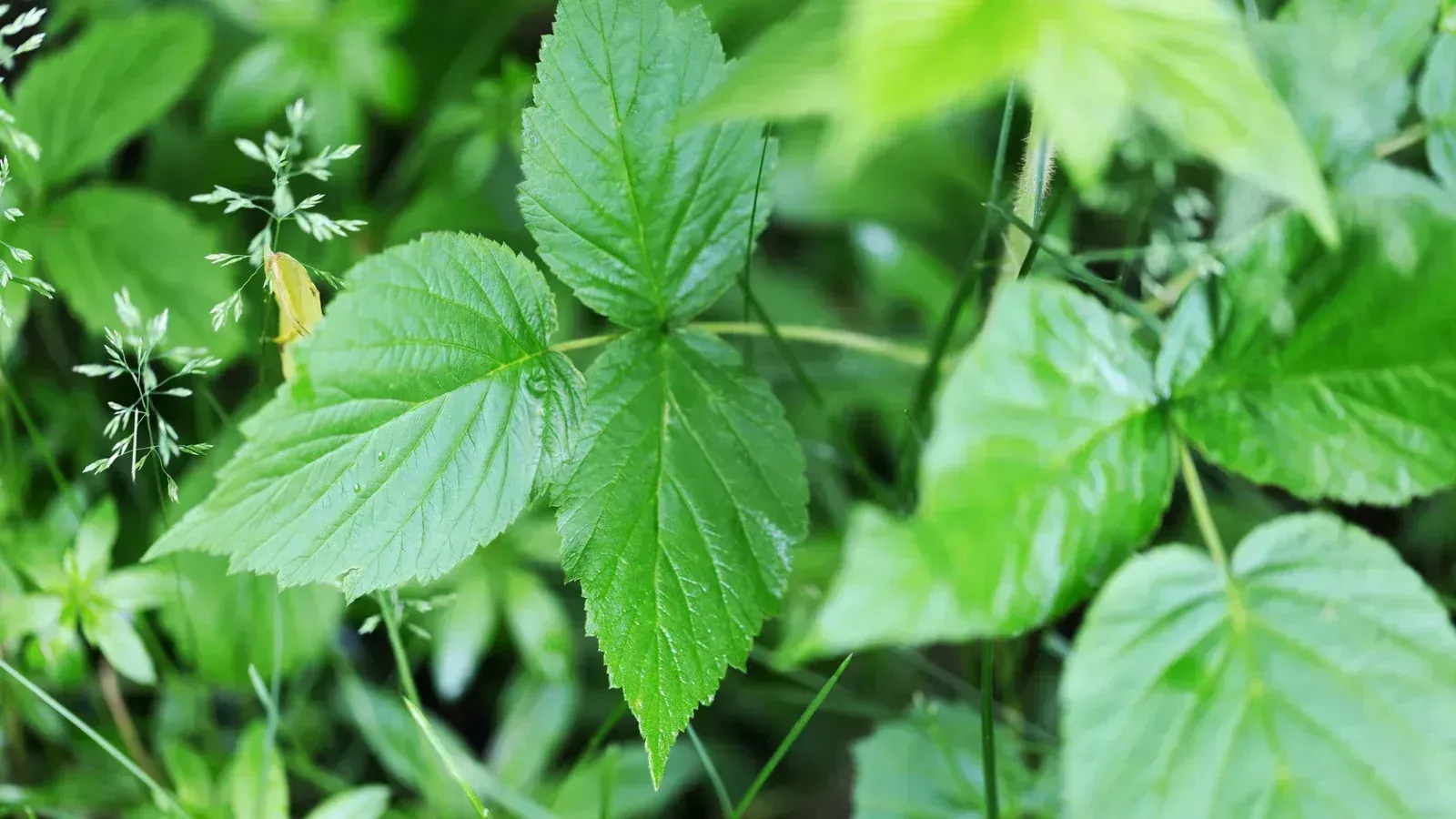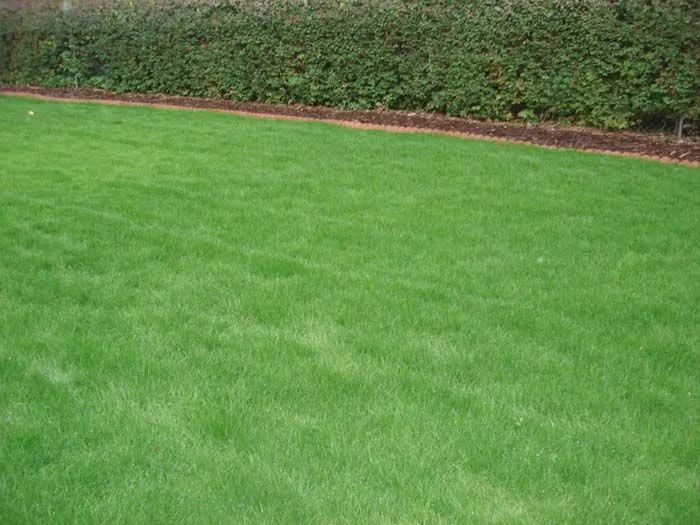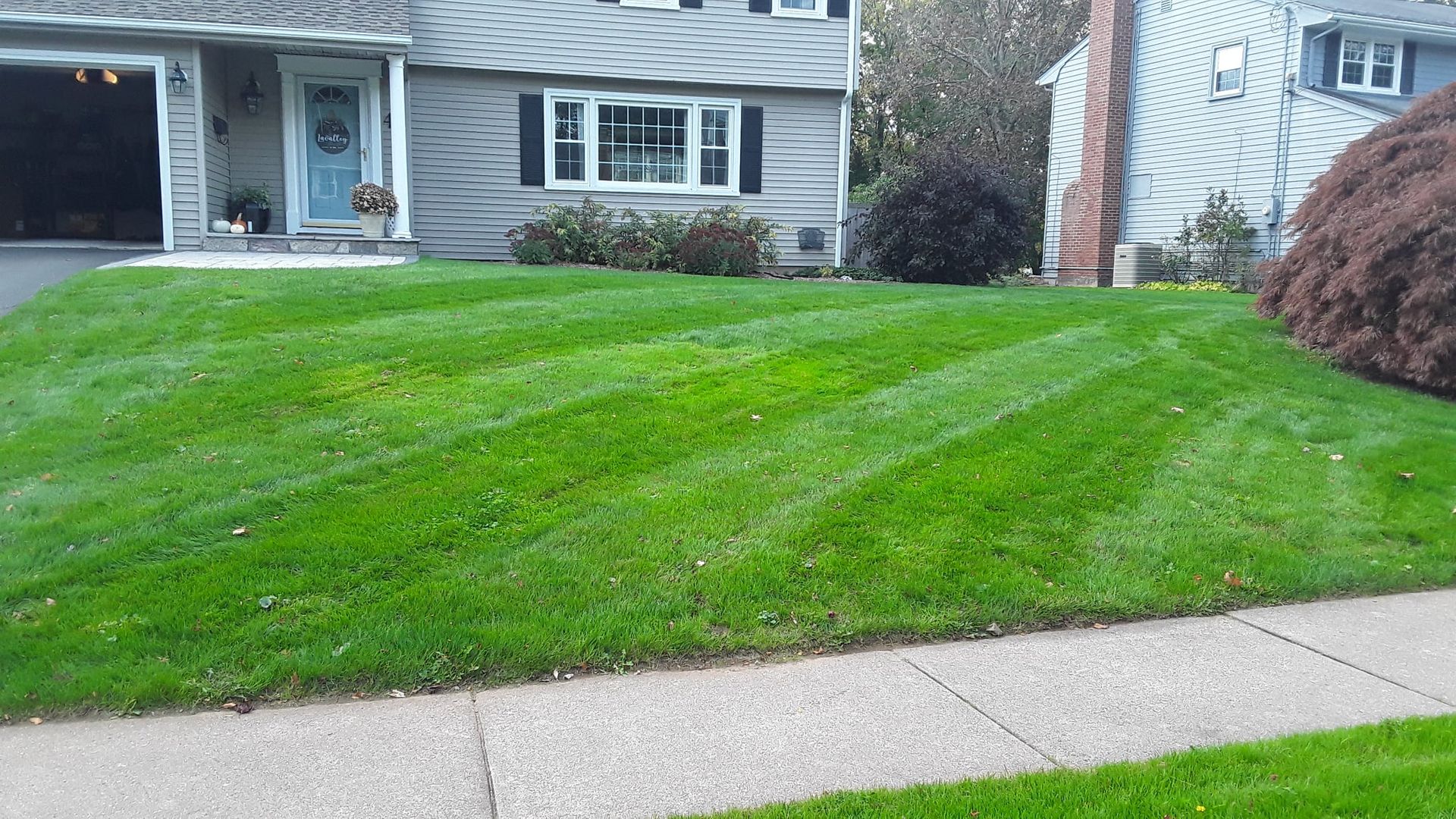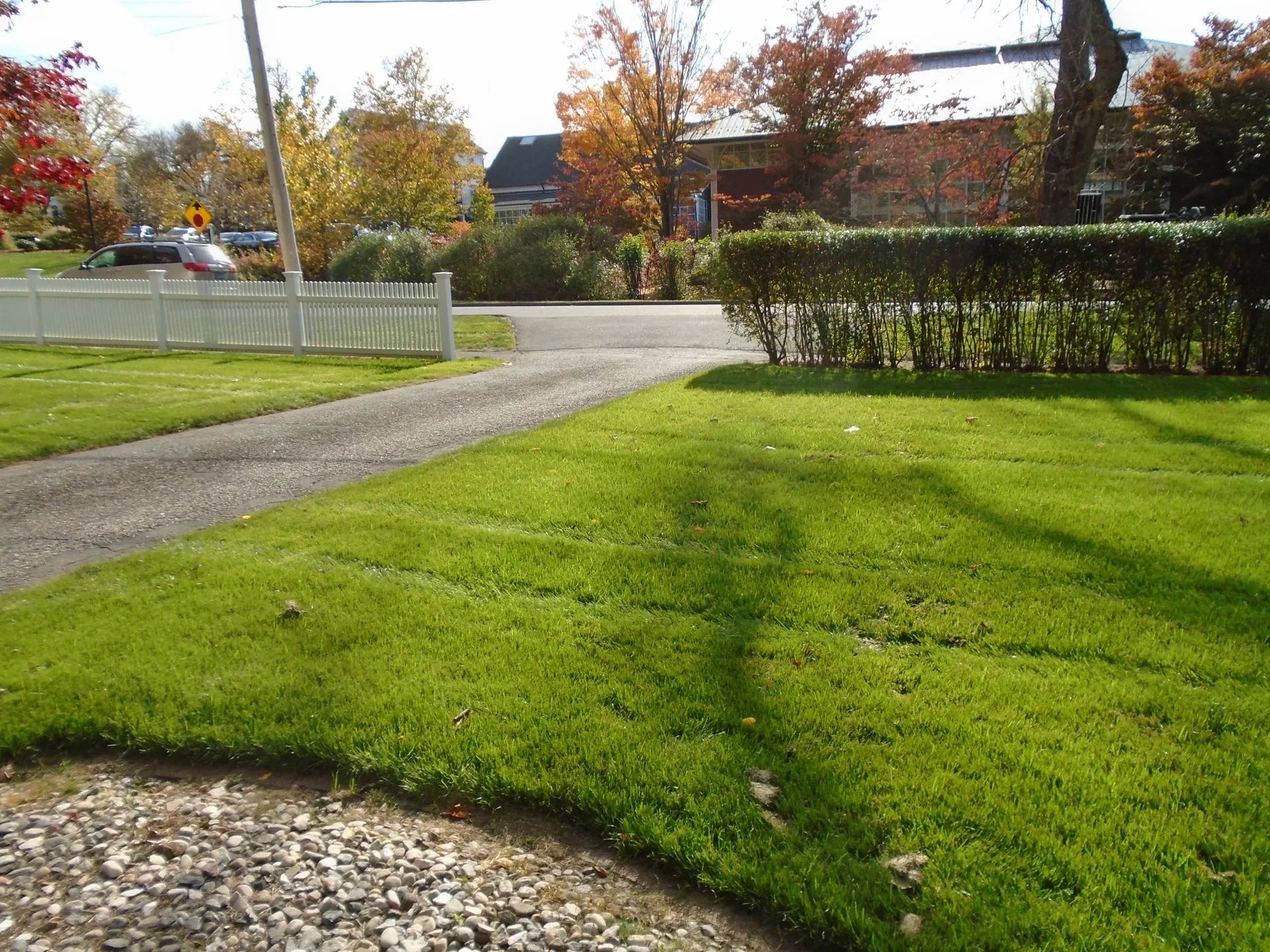The Ultimate Guide to Poison Ivy Control for a Safe Yard
June 10, 2025

Poison ivy is a persistent plant that can turn a beautiful yard into a source of discomfort. Whether you’re an avid gardener or just enjoy your outdoor space, encountering poison ivy can be a nightmare. This plant contains an oil called urushiol, which can cause an itchy, irritating rash upon contact with skin. In this guide, we’ll cover how to identify, prevent, and eliminate poison ivy to ensure your yard remains safe for you and your family.
Identifying Poison Ivy
The first step in controlling poison ivy is to properly identify it. The saying “leaves of three, let it be” is a helpful rule to remember. Poison ivy typically has three glossy, pointed leaves with a smooth or slightly serrated edge. The plant can grow as a low shrub or vine, climbing trees or fences. In the spring and summer, its leaves are green, while in the fall, they turn red or yellow, making identification easier.
Preventing Poison Ivy Growth
Prevention is key when it comes to poison ivy control. By taking proactive measures, you can keep your yard poison ivy-free. Here are a few tips to prevent its spread:
- Mulching: Applying a thick layer of mulch in areas where poison ivy may grow can help suppress its growth by blocking sunlight.
- Weeding: Regularly remove weeds from your garden beds to prevent poison ivy from becoming established. Make sure to wear protective gloves while doing so to avoid skin contact.
- Proper Lawn Maintenance: A healthy lawn can prevent poison ivy from taking root. Regular mowing and fertilizing can help maintain a dense lawn that crowds out unwanted plants.
Effective Methods for Poison Ivy Removal
If poison ivy has already taken root in your yard, don't worry—there are several methods you can use to remove it safely.
- Manual Removal: If you only have a small patch of poison ivy, you can carefully remove it by hand. Wear long sleeves, pants, and gloves, and make sure to dispose of the plant material in a sealed bag. Never burn poison ivy, as its oils can become airborne and cause respiratory irritation.
- Herbicides: For larger infestations, herbicides can be an effective solution. Use a product specifically designed for poison ivy, and follow the manufacturer’s instructions carefully. Make sure to apply it during the growing season for best results.
- Natural Remedies: For those who prefer organic methods, vinegar or a mixture of dish soap and water can be used to kill poison ivy. These solutions may not be as fast-acting as chemical herbicides, but are effective over time.
Tips for Avoiding Poison Ivy Exposure
In addition to controlling the plant, it’s important to take steps to avoid exposure to its oils. Here are some tips to keep in mind:
- Wear Protective Clothing: Always wear long sleeves, pants, and gloves when working in areas where poison ivy may be present. Afterward, wash your clothes thoroughly to remove any lingering oils.
- Shower Immediately: If you come into contact with poison ivy, wash the affected area immediately with soap and water. The sooner you remove the oils, the less likely you are to develop a rash.
- Wash Tools and Equipment: If you’ve been in contact with poison ivy, clean your gardening tools, gloves, and other equipment with rubbing alcohol or soap and water to prevent spreading the oils.
If poison ivy overwhelms or recurs, seek professional help. Natural Choice Lawn & Tree Care in Newington, Connecticut, has over 30 years of experience eliminating poison ivy from residential properties. Our expert team employs safe, effective methods to control this invasive plant, keeping your outdoor space enjoyable for all.
Call us today to schedule an inspection or treatment plan.






